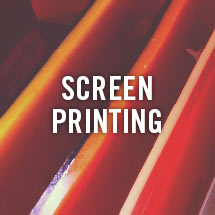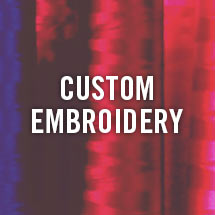When you’re designing a custom promotional item, T-shirt, or other piece of apparel, getting the color right for your brand is key. But translating it from the color you see on a computer or phone screen to a piece of clothing or a mug can be trickier than it seems. The journey may involve using a number of color codes or formulas to get the match as close as possible.
What is a color code?
Color codes are unique sequences of letters and numbers used to translate a formula indicating the right amount of each color needed to create the final color.
These codes are a way to standardize color because each device renders colors differently and the resulting interpretations are subjective. Remember the dress that broke the Internet back in 2015? As each person viewed the viral picture through their computer screen or mobile device, lighting changed, screen settings differed and the color became distorted. Whether you were on team white and gold or (correctly) on team blue and black, the dress proved how much phone and computer screen differences affect our perceptions of color. Color codes eliminate this confusion and allow your design and printing team to successfully produce a product with your desired color based on numbers, not your eyes.
To help decode the color codes, here’s what happens from your screen to the printer.
Imagine you are ordering custom T-shirts for your company’s grand opening event. Everything needs to be just right, especially the red color of your logo.

When you email this logo or are looking at custom shirts online, all electronic device screens or monitors are operating in an RGB and HEX color space.
RGB stands for red, green and blue. Colors in RGB appear vibrant as they are illuminated on mobile phone, computer, television and other screens. This system is represented by numbers ranging from zero to 225 in each red, blue or green value. For your logo, the RGB code would be (255, 0, 0) – pure red.
HEX, short for hexadecimal color, is just another way to communicate RGB. Its six digits are broken up by pairs that represent red, green and blue values. The HEX code of your logo would be #ff0000.
When your logo goes to print, it will no longer be in the RGB or HEX color space. Your design team will recognize this and begin to match your color to with CMYK or PMS values.
CMYK stands for cyan, magenta, yellow and black. Used in the physical printing of a design, the four-color process layers small, transparent dots of each pigment together to create any printable color, used for full color photographs and graphics. CMYK is expressed in percentages, and your logo would be (0%, 100%, 100%, 0%).

PMS is short for the Pantone Matching System. You might have heard of Pantone, especially if you’ve waited for the exciting reveal of Pantone’s Color of the Year. This color standardization system uses color numbers with three or four digits followed by the letter C for coated or U for uncoated, depending on what it will be printed on. Because Pantone only has a certain number of specific colors, you might not find exactly the same color, but your design and printing team will work diligently to get a close, often almost indistinguishable, match. Your logo would be a PMS 2347 C.
Understanding color codes and getting a color to match from the screen to your custom product can be tricky, but you don’t have to be an expert! The color and design experts at Full Press Apparel are here to help every step of the way. Ready to find the perfect color and create your custom design? Call us at 850.222.1003 to request a quote today!





